The interesting fact about the universe is not quite the same as what we thought
Round earth, Mercury is the hottest planet and the Sun is yellow. It seems that this is a completely simple, undeniable fact, even those who do not have practical knowledge of astronomy know it.
However, now is the time to think again. On the Bright Side made a choice about the most common false assumptions in the solar system along with the obvious facts that we always consider right is completely wrong.
Earth is spherical?
This is true, but paradoxically, Earth is not always spherical. The shape of planet Earth is constantly changing due to the endless movement of continental plates. Of course, their rate of change is very small - averaging about 5cm / year but this still affects the " shape " of the planet. In fact, those planets are not completely round.
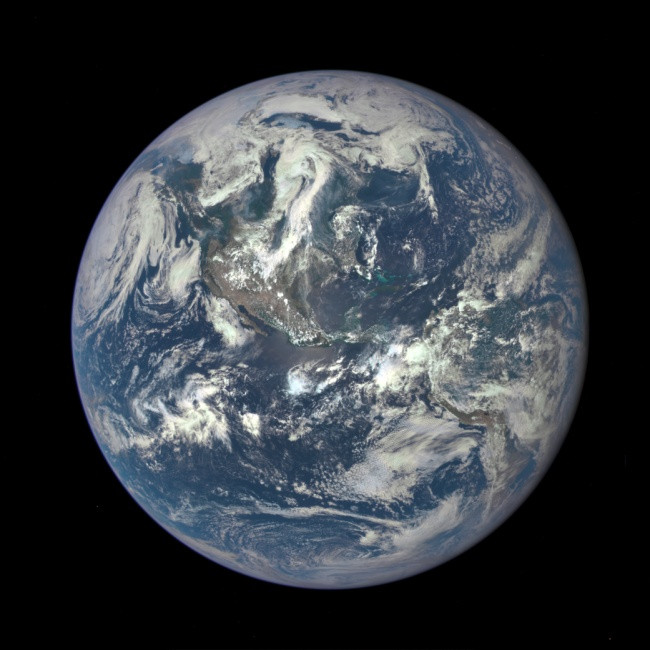 The interesting fact about the universe is not quite the same as what we thought Picture 1 © nasa
The interesting fact about the universe is not quite the same as what we thought Picture 1 © nasa
Image source: nationalgeographic
However, you will be surprised to see the " splash " image below, which is supposed to represent the true form of the Earth, in fact a model of the planet's gravitational gravity. It is made from satellite data and does not show the true shape of planet Earth. Instead, this image simply shows the difference in the gravitational force of the Earth at different points around it.
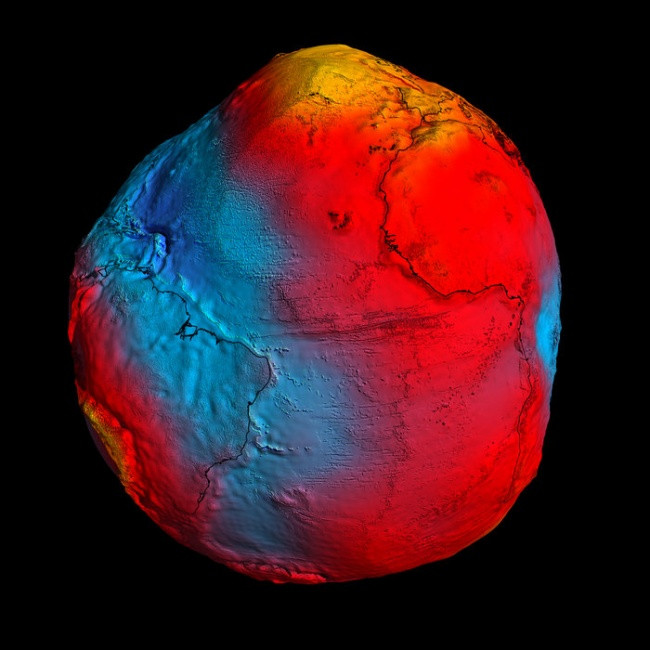 The interesting fact about the universe is not quite the same as what we thought Picture 2 © esa
The interesting fact about the universe is not quite the same as what we thought Picture 2 © esa
Image source: ESA
Is the moon dark?
It is observed that the sun's rays only illuminate one side of the Moon and the other side is permanently dark, quite large. This is a result of the fact that our satellites have only one side facing the Earth, while the other side cannot be observed when standing from the ground.
However, in fact, the Sun shines and warms both the visible and invisible parts of the Moon. The truth is that the time the Moon spins on its axis coincides with the amount of time it takes to orbit the Earth and this is why we can only see one side of the Moon.
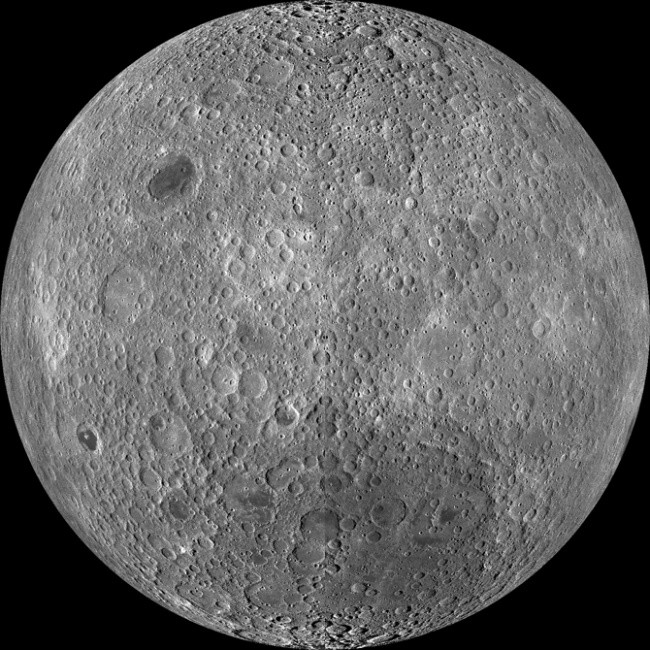 The interesting fact about the universe is not quite the same as what we thought Picture 3 © nasa
The interesting fact about the universe is not quite the same as what we thought Picture 3 © nasa
Photo source: discovermagazine
Mercury planet temperature is higher than other planets?
Everything here sounds logical. Mercury is closest to the solar system, so the surface temperature of Mercury is higher than that of other planets. However, in fact, the hottest planet in the solar system is Venus , although in fact the distance from the Sun to Venus is 50 million kilometers more than the neighbor planet. The average daytime temperature on Mercury is about 350 degrees Celsius, while the temperature on Venus can reach 480 degrees Celsius.
The reason for this is Venus's atmosphere . In fact, Mercury has no atmosphere, and Mercury has a thick atmosphere created entirely from carbon. This creates a very strong greenhouse effect, sucking all the heat from the Sun and making Venus extremely hot.
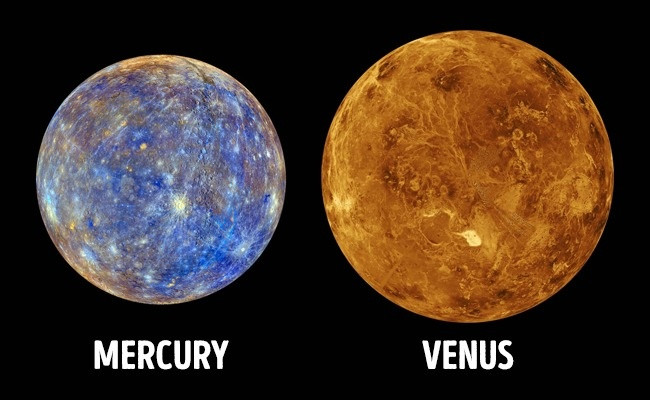 The interesting fact about the universe is not quite the same as what we thought Picture 4 © nasa
The interesting fact about the universe is not quite the same as what we thought Picture 4 © nasa
Source: universetoday
The fact that the Sun is just a big ring of fire?
Everyone knows the surface temperature of the Sun is so high that it cannot be imagined: more than 5,700 degrees Celsius . So it makes sense to simply assume it is like a giant fire. However, this is not an exact comparison. What we think is fire, the fact that energy is converted into heat and light, produced by fusion reactions occurs in the center of the star.
A fusion reaction involves changing some elements into other things, accompanied by heat and light energy discharges. This energy passes through the layers of the Sun to reach the face ( photo-optical ), which makes us look like it is burning.
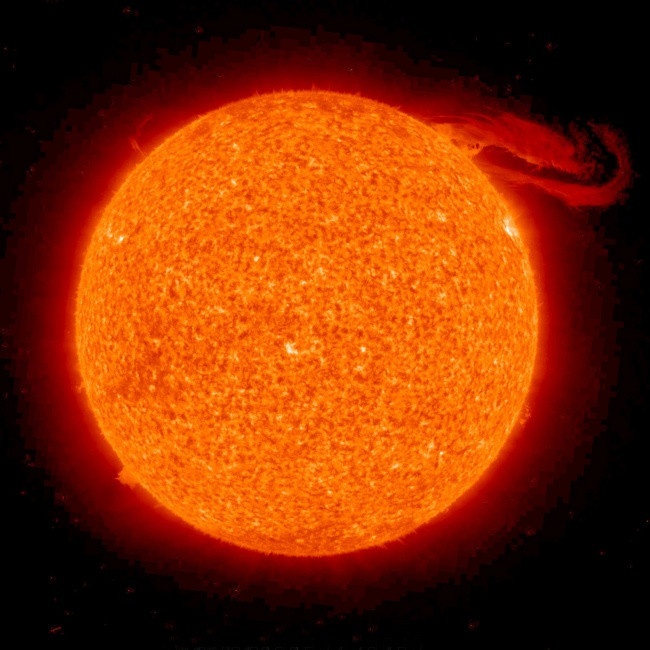 The interesting fact about the universe is not quite the same as what we thought Picture 5 © nasa
The interesting fact about the universe is not quite the same as what we thought Picture 5 © nasa
Photo source: nasa
The sun is yellow?
Everyone who has a bit of astronomy knowledge will be confident that the Sun belongs to the type of star, known " yellow dwarf ". In turn, according to logic the Sun is assumed to be yellow. However, unlike all other yellow dwarfs, the Sun is white.
So why do we see the sun in white? That's all there is in the Earth's atmosphere. As we know, the light has a long wavelength, the yellow and red part of the spectrum, going through the best atmosphere of all. In the blue part to the purple part of the spectrum ( that's what the sun emits ), light at a shorter wavelength dissipates to a greater degree of atmosphere. The effect of this makes the Sun not appear yellow. If you leave the atmosphere, the Sun will show its " true " colors.
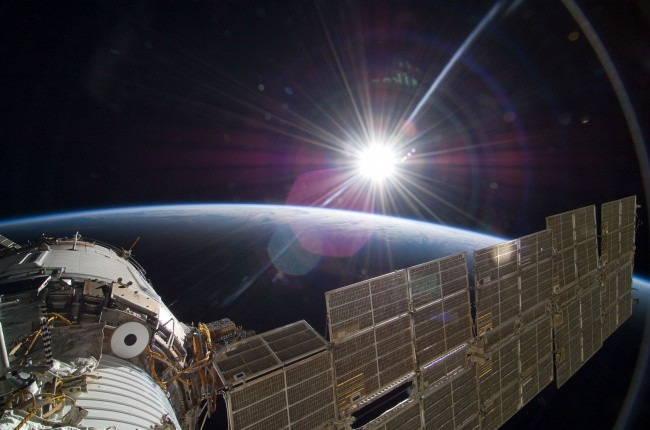 The interesting fact about the universe is not quite the same as what we thought Picture 6 © flickr
The interesting fact about the universe is not quite the same as what we thought Picture 6 © flickr
Photo source: stanford
People will "explode" in space if they don't wear space suits?
Of course this misconception is the result of Hollywood movies, depicting what is supposed to happen if a person finds himself or herself outside the spacecraft. In fact, our skin is flexible enough to keep all internal organs in its place. The walls of blood vessels also prevent boiling blood due to their elasticity.
Moreover, in the absence of external pressure in the space environment, the boiling blood temperature rises to 46 degrees Celsius, which is much higher than the human body temperature. Instead, the water contained in the body cells begins to boil in the vacuum, indicating that the human body will expand in size but will certainly not explode.
The exact reason why that person died was due to lack of oxygen. Only 15 seconds after exposure to vacuum without wearing a space suit, the human body will lose consciousness and die within 2 minutes.
 The interesting fact about the universe is not quite the same as what we thought Picture 7 © flickr / nasa
The interesting fact about the universe is not quite the same as what we thought Picture 7 © flickr / nasa
Photo source: Space
Earth Winter is farther away from the Sun than the summer?
Here is an original myth that sounds reasonable. Because if winter is colder than summer, it means that the Earth is farther away from the heat source, right? However, the opposite is true: at a cooler time, our planet Earth is actually closer to the Sun than 5 million kilometers from the summer. How could that be?
The fact that in addition to turning around the Sun, the Earth also completely rotates around its axis, which is why there is a change from night to day. The axis of the planet Earth passes through the North and South Pole, the Earth's orbit is not completely perpendicular to the Sun's rays when projected down. On the contrary, within half a year, the Sun's large warmth falls into the Southern hemisphere, while the other half falls into the Northern hemisphere, a change of seasons appears.
As we know, the southern hemisphere's summer is usually warmer than the Northern Hemisphere. In fact, this is the result when the Earth comes closest to the Sun in January - meaning the southern part of the world is going through the summer time.
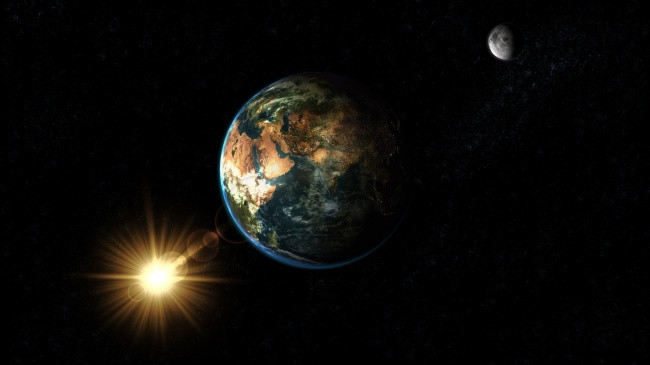 The interesting fact about the universe is not quite the same as what we thought Picture 8 © nadirkeval
The interesting fact about the universe is not quite the same as what we thought Picture 8 © nadirkeval
Photo source: NASA
Refer to some other articles:
- Cosmic science: Inclined planets around small stars can hardly survive life
- The most intense battle in the history of the Milky Way was recorded
- When can the position of the "9th planet" in the solar system be determined?
Having fun!
You should read it
- Discover incredible facts about our cosmic planet
- The surface of Venus: Why is Venus the hottest planet in the solar system?
- How hot is the planet of Mercury?
- It turns out 15 'facts' about the Earth and the universe that we still believe is completely wrong
- 40 interesting facts you didn't know about the Sun.
- When can we determine the position of the '9th planet' in the solar system?
- Discover the strange green planet HD 189733b outside the solar system
- The moon has a life expectancy of about 4.51 billion years - bigger than we think and so does life
- How far is the distance from Earth to Mercury?
- How big is the solar system?
- Cosmic Science: The star system TRAPPIST-1 does not 'exist' the big Moon
- If 'stray' to any planet in the solar system, what is your chance of survival?
May be interested

Should metal gears be used in space missions?

Unexpected discoveries of the full moon

It turns out this is how the galaxy Milky Way formed 13.5 billion years ago

The mysterious flaw developing in supernova Tycho is astonishing to the scientific world

A 30-ton meteorite was discovered hitting Earth 4,000 years ago

Interesting facts about Mars may be unknown to you






 The number of galaxies in the universe is 10 times more than what astronomers thought before
The number of galaxies in the universe is 10 times more than what astronomers thought before 10 strange and interesting facts about the universe you may not have heard of
10 strange and interesting facts about the universe you may not have heard of 14 interesting facts about the universe amaze you
14 interesting facts about the universe amaze you 10 interesting facts about the Earth you may not know
10 interesting facts about the Earth you may not know Scientists have found evidence to prove the existence of the parallel universe
Scientists have found evidence to prove the existence of the parallel universe How will the universe end?
How will the universe end?